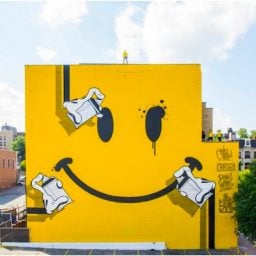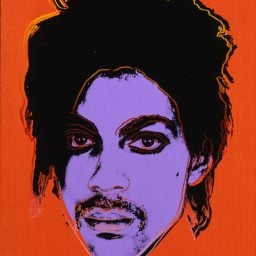While a landmark copyright case involving a series of Andy Warhol paintings heads to the U.S. Supreme Court, a law professor is having a little fun with the concept.
Brian L. Frye, who describes himself as a “dogecoin professor of law and grifting at the University of Kentucky,” recently minted a collection of 16 NFTs based on the Warhol series, which were themselves based on a photograph of Prince taken by Lynn Goldsmith in 1981. The Warhol works are now the subject of an upcoming U.S. Supreme Court case, which will decide once and for all whether the appropriation artist violated Goldsmith’s copyright by using her image of Prince without permission.
First brought to light in 2017, the case stems from a photograph that Goldsmith took of Prince in 1981 while on assignment for Newsweek. It was never published, but Vanity Fair licensed it in 1984 to be used as material for an illustration by Warhol, which he ultimately made into an entire series on the late “Purple Rain” icon.
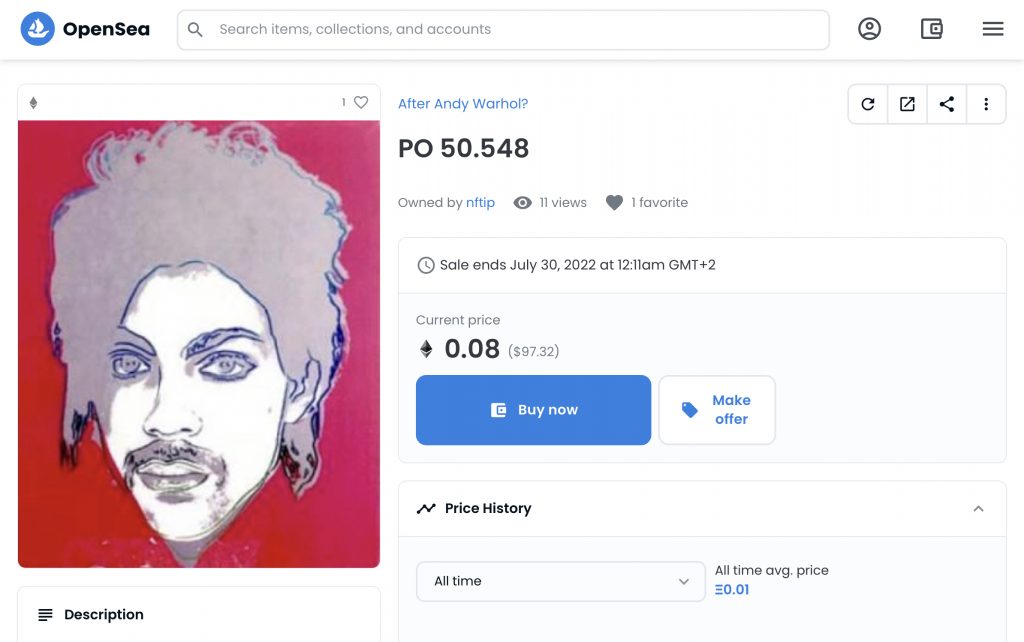
After Andy Warhol? Collection of 16 NFTS minted on OpenSea just lawyer Brian Frye. 2022.
Goldsmith, for her part, only learned about the Warhol works in 2016, when Vanity Fair republished them after Prince’s death. The publication spurred the Andy Warhol Foundation to file a preemptive lawsuit asking the court for a declaratory judgment stating that the “Prince Series” did not violate Goldsmith’s copyright.
Goldsmith later followed with a countersuit, but the court ruled in 2019 that Warhol’s use was fair and did not violate the photographer’s copyright. On appeal, however, in 2021, that ruling was reversed after a higher court agreed with Goldsmith’s claim that the two artists’ works were “substantially similar… as a matter of law.”
Both of those rulings are now being brought before the U.S. Supreme Court in what the Warhol Foundation claims is a case that could “cast a cloud of legal uncertainty over an entire genre of visual art,” threatening what it calls “a sea-change in the law of copyright.”
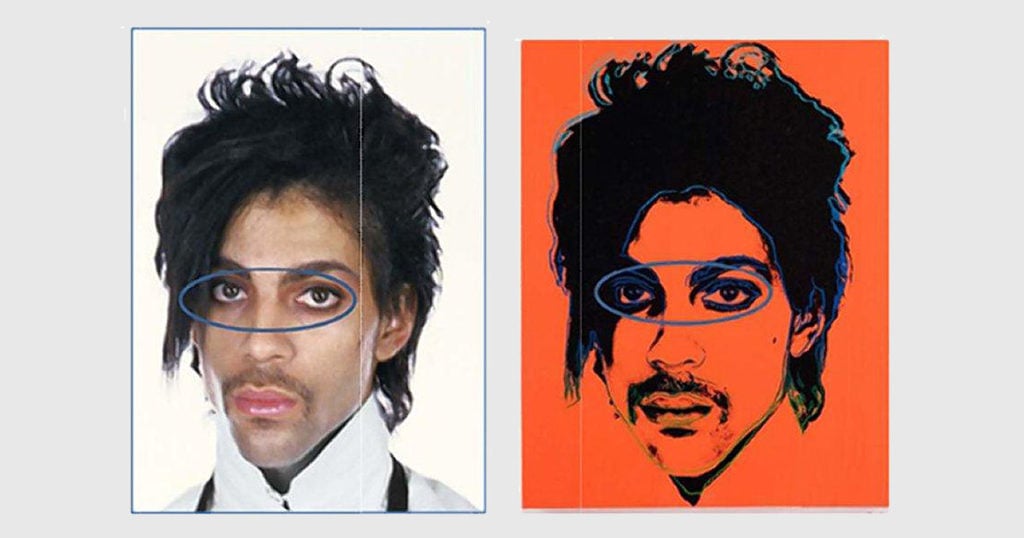
The original Lynn Goldsmith photograph and Andy Warhol’s Prince portrait of the musician, as reproduced in court documents.
In response to the complexity of this case, or perhaps even adding to it, Frye said he decided to mint the works (based on Warhol’s paintings of Goldsmith’s photographs) as a means of drawing attention to the case.
“I used images of Warhol’s paintings in order to comment on the litigation and criticize the lunacy of excessive copyright protection,” Frye told Artnet News.
He believes copyright law does not protect his derivative artwork. “Using images of the paintings to sell the NFTs can’t be infringing, at least with respect to Warhol, because there’s no copyright to infringe, at least for the time being,” Frye said.
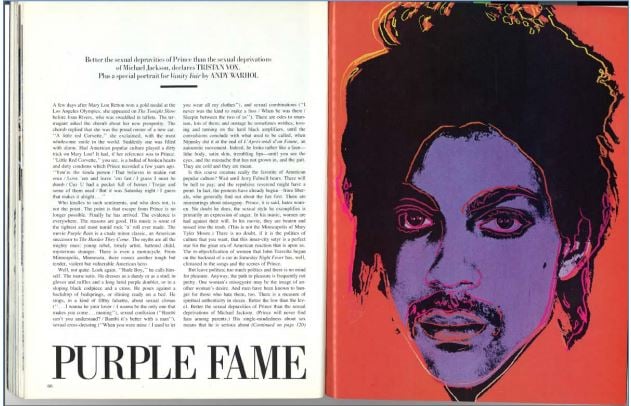
The 1984 Vanity Fair article as reproduced in court documents.
Frye may have a point. When the Second Circuit held that Warhol’s “Prince Series” paintings infringed on the copyright in Goldsmith’s photo, it also held that the Warhol’s were not protected by copyright, meaning that Frye is free to make NFTs in those paintings’ likeness.
“Unless and until the Supreme Court reverses the Second Circuit’s holding, Warhol’s ‘Prince Series’ paintings are in the public domain.”
“What’s more,” Frye went on, “I’m hardly the first to use images of Warhol’s paintings in order to comment on the litigation. The case has been widely reported, and images of Warhol’s paintings are all over the internet. If I’m an infringer of Goldsmith’s copyright, so is every publication that used images of Warhol’s paintings to illustrate a story about the lawsuit.”
“Sure,” Frye added, “I’m selling NFTs and they’re selling advertisements, but what’s the difference? We’re all selling something.”





